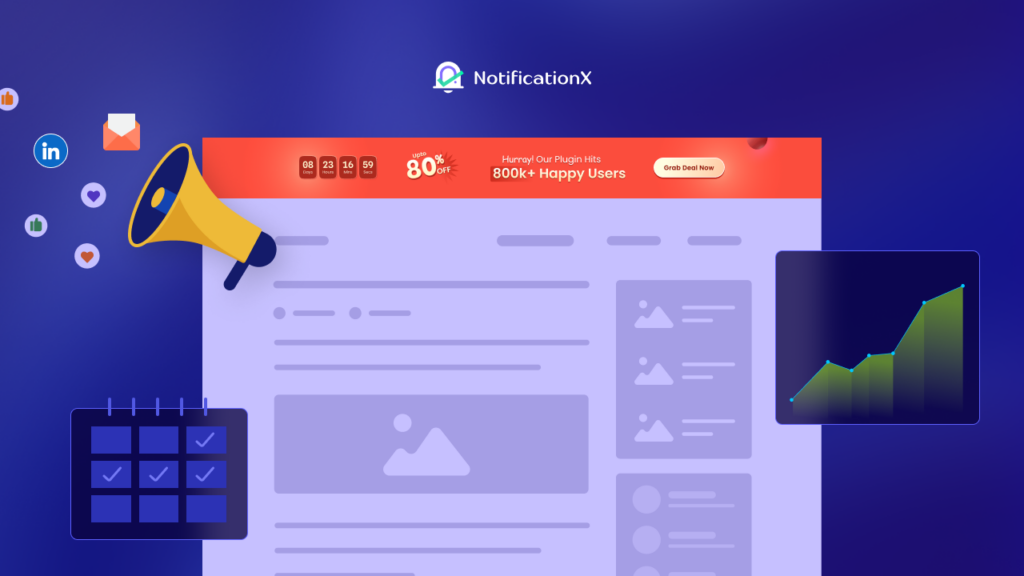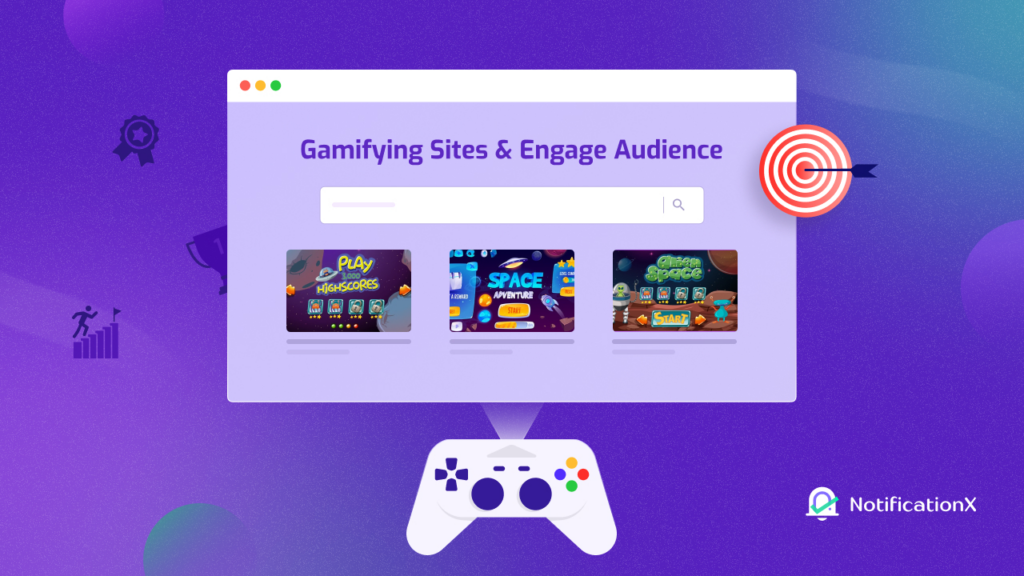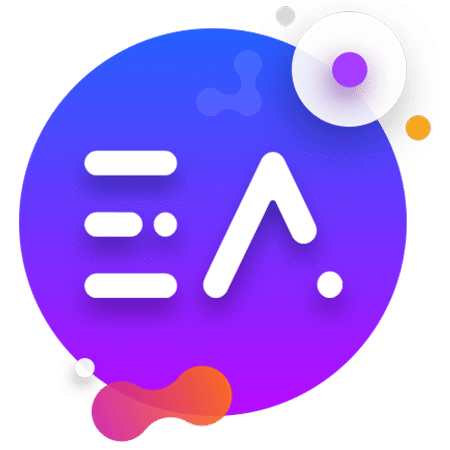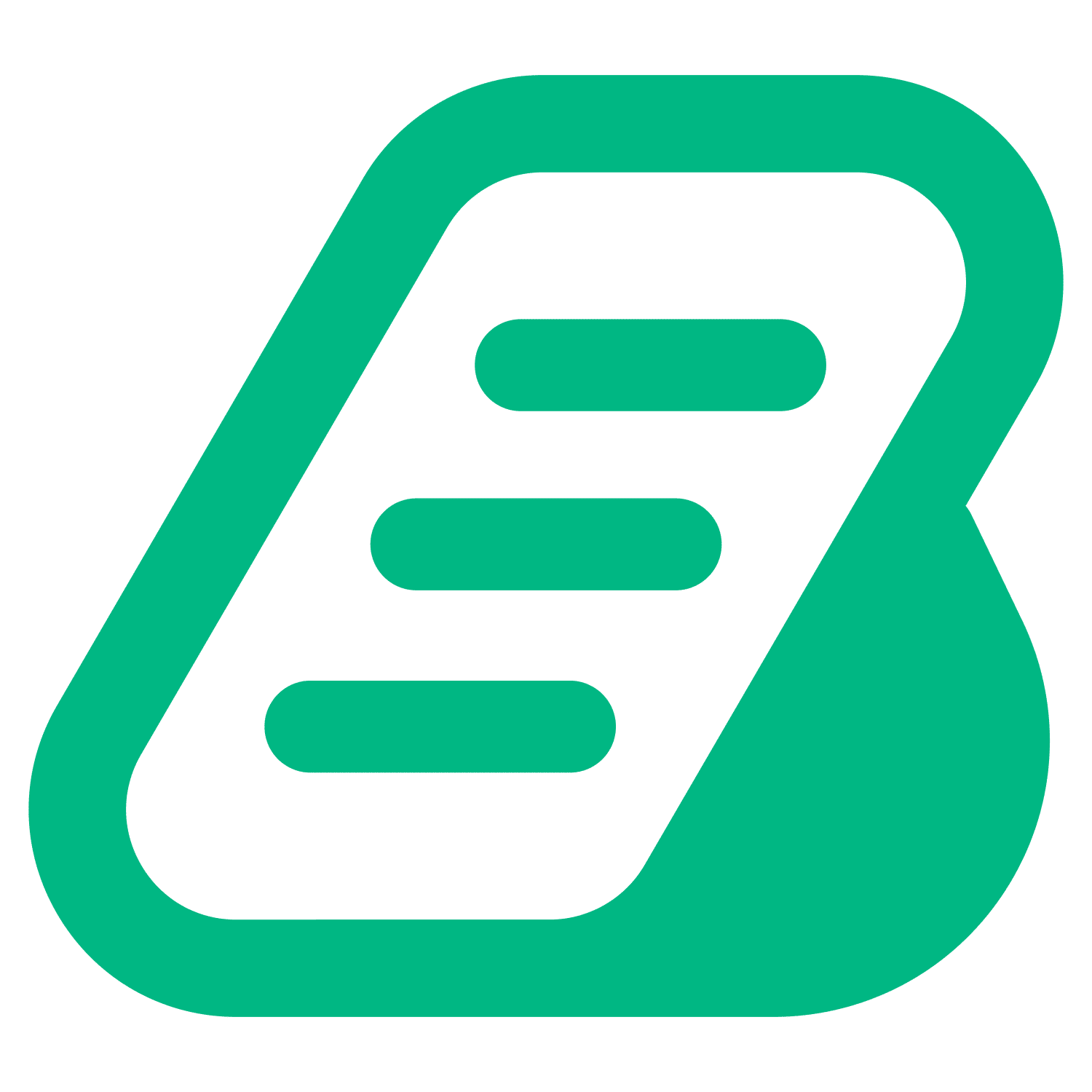Are you looking for ways to boost customer engagement and drive website conversions? While the term might sound complex, it is simpler than you think. Website conversions occur when visitors take specific actions on your site—like signing up for a newsletter, downloading an eBook, or making a purchase.
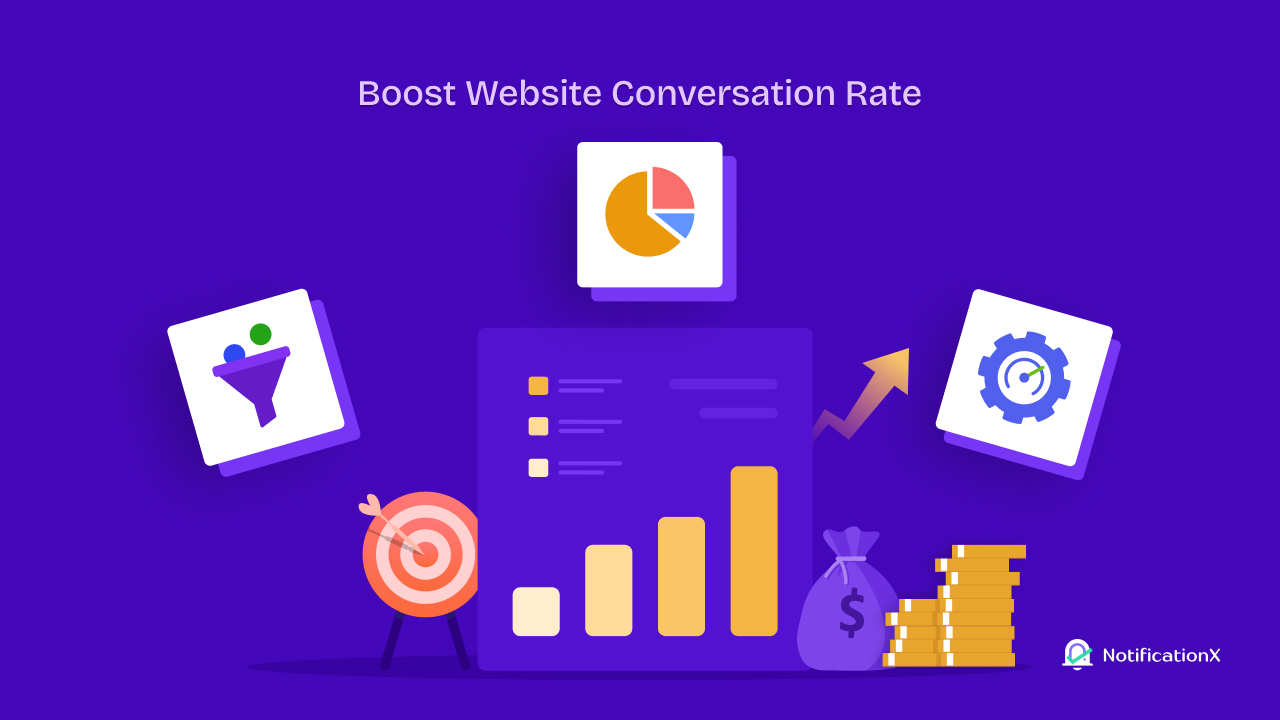
Your conversion rate, a key performance metric, reflects how effectively you turn visitors into leads and customers/clients. A strong onsite conversion rate is vital for engaging prospects, nurturing them, and ultimately growing your business. Let us dive into strategies to maximize this essential metric.
What Is Website Conversion Rate?
Conversion rate is the percentage of users who take a desired action on your website, app, or digital platform. It is a key performance metric that helps measure the effectiveness of your marketing efforts, website design, or user experience.
How to Calculate Conversion Rate:
Conversion Rate = (Number of Conversions/Total Visitors) × 100
For example, if 1,000 people visit your website and 50 make a purchase, your conversion rate is:
(50/1000) × 100 = 5%
A ‘conversion’ can mean various actions, such as:
- Clicking a Call-to-Action (CTA) button.
- Signing up for a free trial.
- Making a purchase or becoming a customer.
Why Are Conversion Rates Important?

Tracking conversion rates helps you measure the success of your site or app. It shows what percentage of visitors are taking actions that support your business goals. Boosting your conversion rate means getting more results without needing additional traffic. For instance:
- Spending $2,000/month on ads to drive 800 visitors at a 5% conversion rate leads to 40 conversions.
- Doubling the conversion rate to 10% gives you 80 conversions from the same traffic.
This could let you cut back on advertising costs or reinvest the extra revenue into growing your business further.
Understanding Different Kinds of Conversion Rates
Website conversion rates vary depending on the type of action you want users to take. Understanding these metrics can help you evaluate and optimize your marketing efforts effectively. Here is a quick breakdown of the type of conversion rates you need to know:
✅ General Conversion Rates: Measured by actions like form fills, downloads, or clicks.
✅ eCommerce Conversion Rates: Focused on shopping cart clicks and completed purchases.
✅ Organic Search Conversion Rates: Determined by blog articles read (via scroll tracking) divided by search traffic.
✅ Social Media Conversion Rates: Calculated by direct messages divided by the number of followers.
✅ Click-Through Rate (CTR): Tracked by dividing banner or ad clicks by total impressions.
What Factors Impact Website Conversion Rate?
Website conversion rates can be influenced by various factors, and understanding them is key to optimizing your website or app. Here are the most significant ones:
✅ Visitor Source: The channels and mediums bringing traffic to your site can heavily affect conversion rates.
✅ Conversion Type: Different actions, like form submissions or purchases, have varying success rates.
✅ Region: Online purchasing habits differ across countries.
✅ Landing Page Messaging: Clear and compelling messaging is crucial.
✅ Optimization: A well-optimized site or app performs better.
✅ Device Type: Mobile, desktop, or tablet usage affects user behavior.
✅ User Experience: The better the experience, the higher the likelihood of conversions.
Among these, user experience plays a pivotal role. However, be cautious about adding new elements just for quick wins—they may shift conversions rather than increase them overall. Focus on creating a positive impact by enhancing the overall user journey for sustainable results.
3+ Tried & Tested Ways to Improve Website Conversion Rate
If your website conversion rate is lagging, do not worry—there are actionable ways to turn things around. Let us explore four proven strategies to optimize your conversion rate this year:
1. Collect And Analyze Data
Data is your starting point for identifying what works and what does not. Platforms like Google Analytics can provide key metrics such as traffic, click-through rates, and bounce rates. Analyze individual page performance and traffic sources to uncover insights.
Additionally, gather qualitative data directly from your customers to improve your website conversion rates. Ask questions like:
- What persuaded you to buy from us?
- What almost stopped you from purchasing?
Collecting & analyzing data is vital. This combination of quantitative and qualitative insights will guide you one step further to improve website conversion rate.
2. Examine Your Conversion Funnel

Understanding your conversion funnel—which typically includes awareness, interest, desire, and action (AIDA)—is essential. By analyzing each stage, you can identify where potential customers drop off. You need to focus on high-exit and high-bounce pages to uncover bottlenecks. Moreover, provide relevant content at each stage of the journey to guide users smoothly toward conversion.
3. Optimize Your Content
Website conversion rate greatly depends on your content. Your content should work as a magnet, drawing users toward your desired goal. To do so, you need to keep & follow a few guidelines:
- Write with intent: Informative, value-driven copy helps users move through the buyer’s journey.
- Focus on structure: Use clear, scannable layouts to keep users engaged.
- Personalize: Tailor content for specific customer segments to increase relevance.
For landing pages and CTAs:
- Remove distractions and create a clear, singular focus.
- Use A/B testing to compare variations in design, copy, and CTAs to identify the most effective version.
- Leverage heatmaps to analyze user interaction and make informed adjustments.
4. Enhance User Experience (UX)
A seamless and enjoyable user experience is critical to driving website conversion rates. Combining data-driven insights, content optimization, and UX improvements helps you create a website that not only attracts visitors but also converts them into loyal customers. Here is what you can do:
- Add a search bar: Make it easy for users to find products or information.
- Simplify navigation: A clear structure ensures users can quickly locate what they need.
- Optimize page speed: Slow-loading pages drive users away. Research shows a page load time increase from 1 second to 3 seconds can raise bounce rates by 32%.
Common Website Conversion Rate Mistakes to Avoid
Creating a website that converts visitors into customers requires careful planning and attention to detail. Here are three common mistakes to avoid if you want to boost your conversion rates:
1. Weak or Unclear CTAs
A compelling call-to-action (CTA) is essential for guiding users. Here is why your CTAs might not work:
- Too Vague: Simply saying ‘Buy’ or ‘Register’ does not tell users what they will gain. Instead, be descriptive, like ‘Download Your Free Guide.’
- Lack of Context: Your CTA should align with the page content. If it feels disconnected, users will lose interest.
- No Visual Focus: Use colors, contrast, and typography to make your CTA stand out while fitting your site’s aesthetics.
2. Overuse of Colors
Colors evoke emotions and significantly impact conversions, but too many can make your site look unprofessional. Stick to a simple palette:
- Dominant Color: Your brand’s primary color.
- Highlight Colors: One or two to complement your main color.
- Background Color: Neutral and easy on the eyes.
Pro Tip: Understand the psychology of colors. For example:
- Blue = Trustworthy
- Red = Excitement
- Green = Positive
- Yellow = Optimistic
3. Non-Responsive Design

With most people browsing on mobile devices, a non-responsive design can drive users away. A responsive website adapts seamlessly to all screen sizes, providing an optimal experience on smartphones, tablets, and desktops.
Once you avoid these mistakes, you will be on your way to improving your website’s performance and boosting conversions to the utmost.
Boost Your Website Conversion Rate with NotificationX
Improving your website’s design and functionality is crucial, but sometimes, even small tweaks can make a big difference in your conversion rates. This is where NotificationX comes into play. NotificationX is a powerful tool designed to enhance user engagement and build trust with real-time social proof.

Whether you want to showcase live sales notifications, recent activities, or glowing customer reviews, NotificationX can create a sense of urgency and credibility that encourages visitors to take action.
Hope you find this blog helpful. Do not forget to abonnez-vous à nos blogs & join our Communauté Facebook to request more features. We would be happy to bring you everything you need and take NotificationX to the next level.

